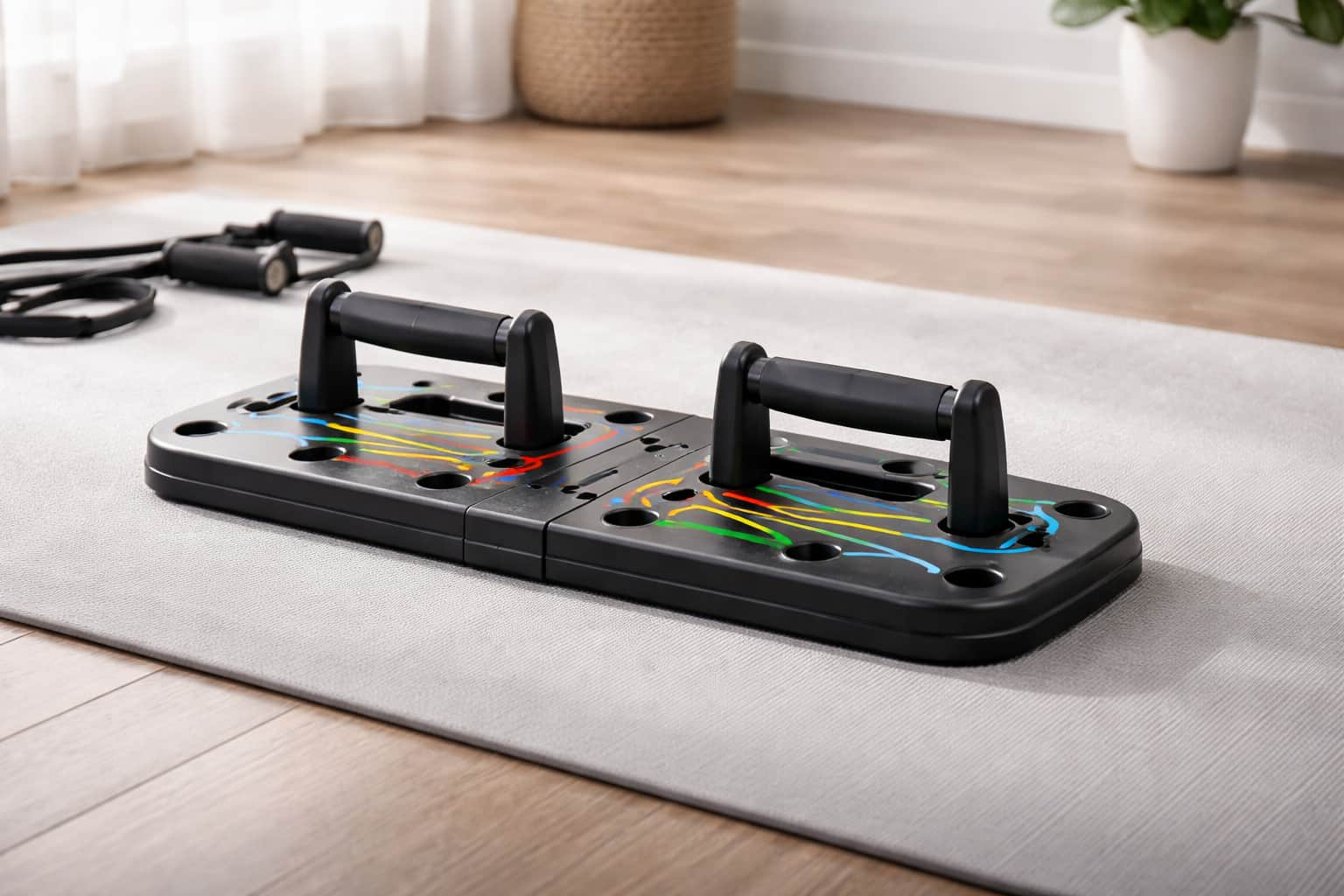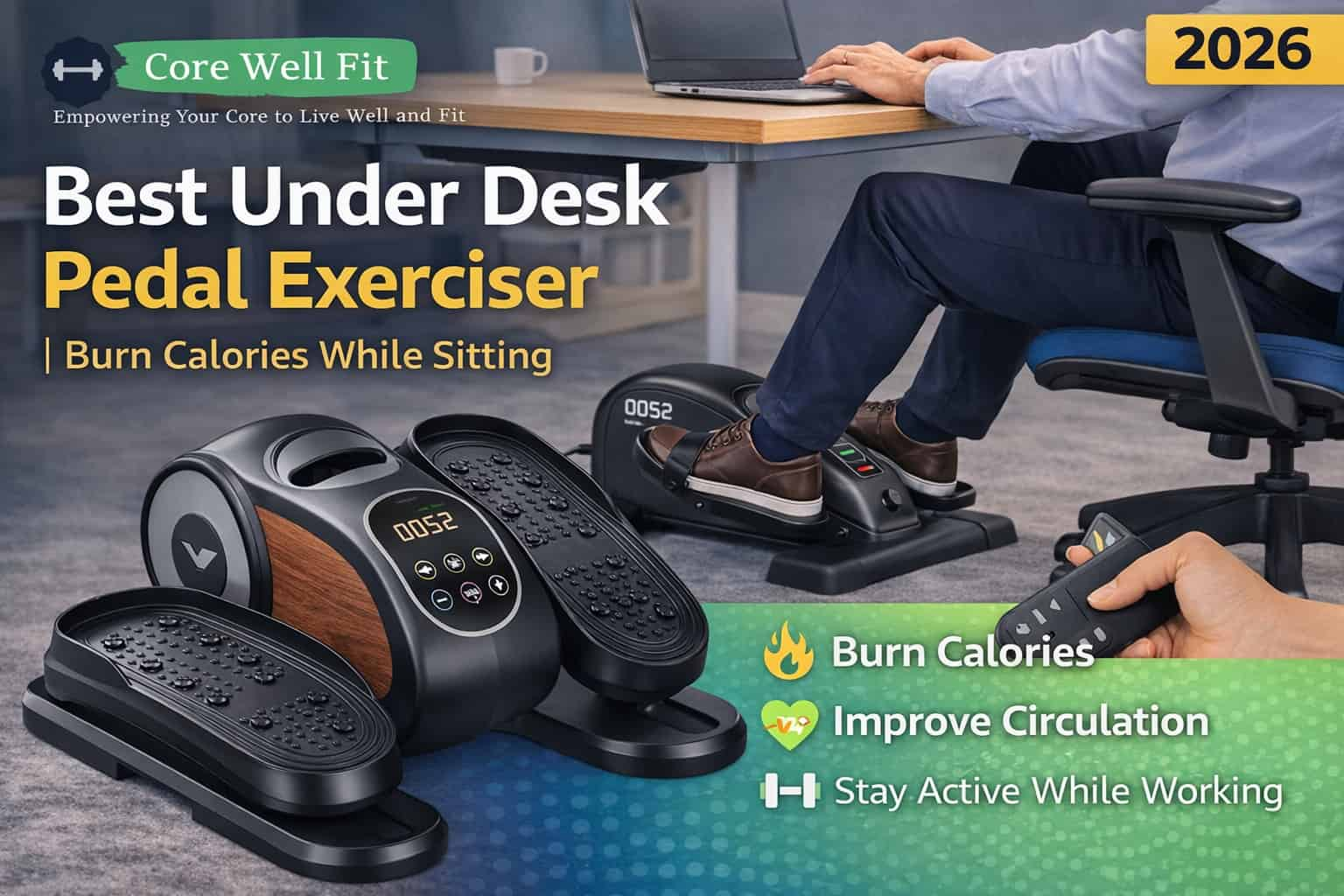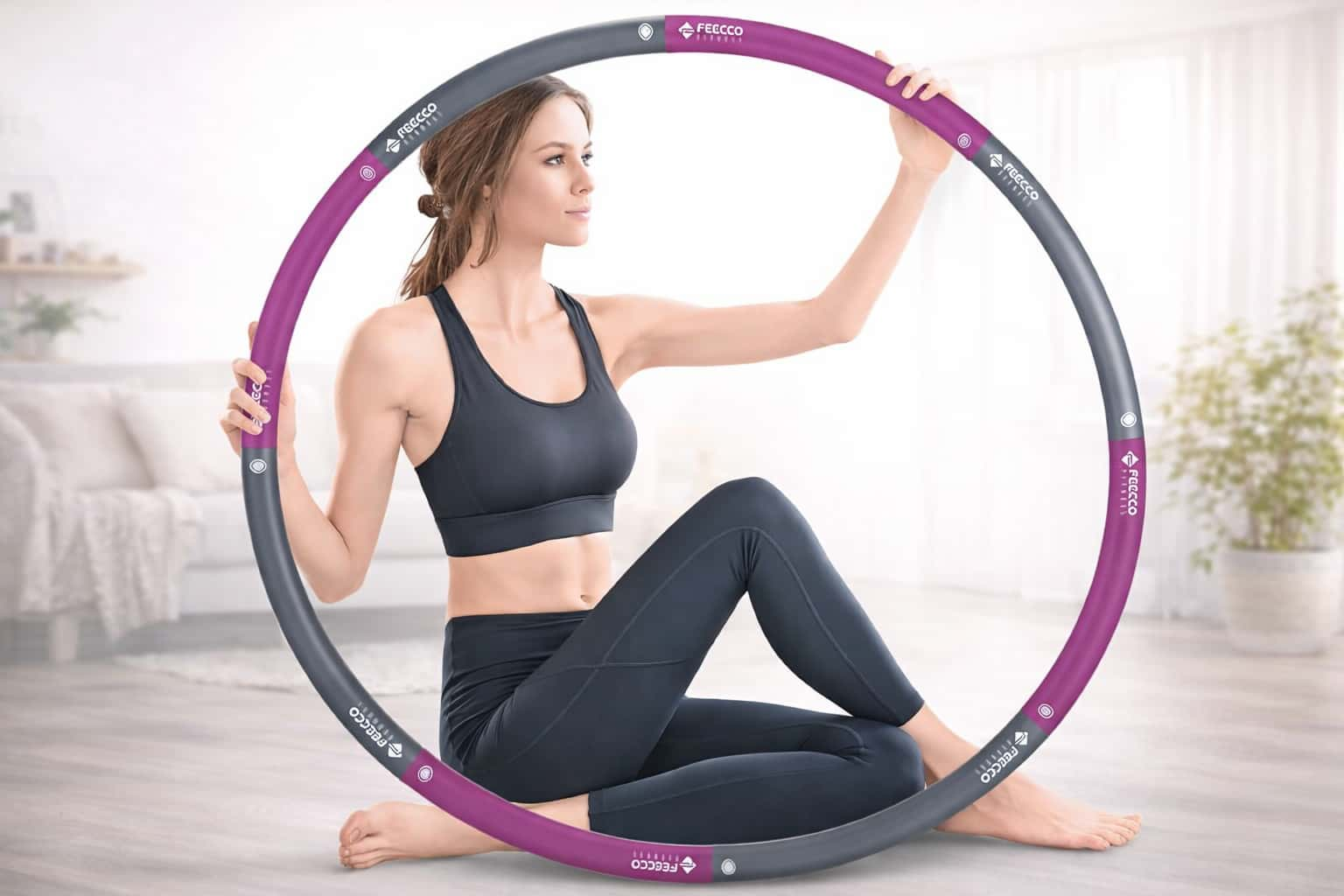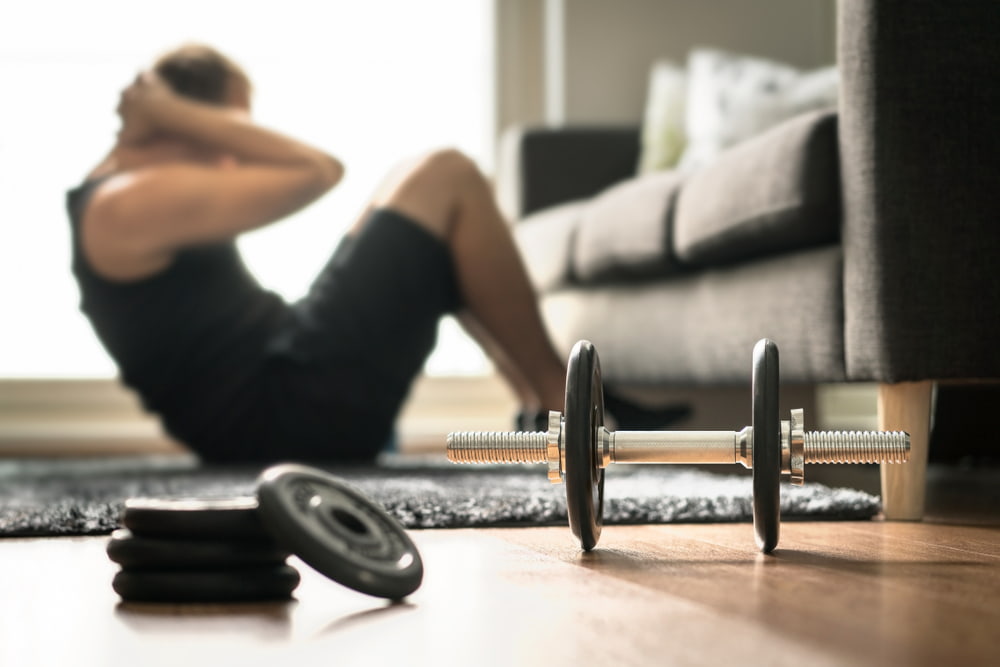Upper body crossfit workout
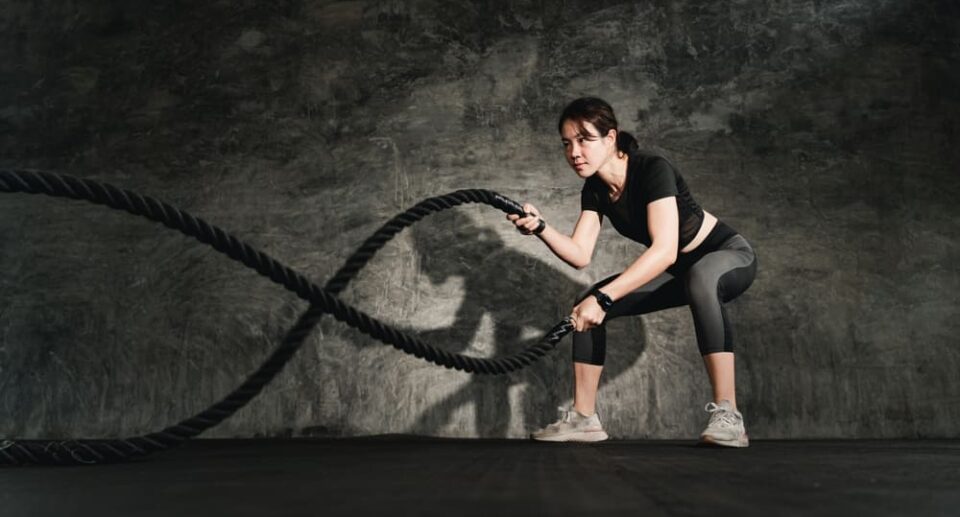

Why You Should Focus on Upper Body Strength Through CrossFit


CrossFit isn’t just about lifting heavy or sweating it out it’s about building a strong, functional body that performs well in real life. For many fitness enthusiasts, upper body strength is not just an aesthetic goal (hello, toned arms and broad shoulders!) it’s a crucial part of daily mobility, injury prevention, and overall physical performance.
In CrossFit, upper body workouts include compound functional movements like push-ups, pull-ups, presses, and rows designed to engage multiple muscle groups and improve endurance, strength, and agility.
📊 According to a 2020 study published in the Journal of Strength and Conditioning Research, upper body muscular endurance directly correlates with improved performance in CrossFit benchmarks like Cindy, Fran, and Murph.
Whether you’re a beginner or an experienced CrossFitter, incorporating focused upper body workouts into your routine can:
Enhance posture and balance,
Improve your lifting and pulling mechanics,
Prevent shoulder and wrist injuries,
Increase metabolic burn and fat loss through compound movements.
And the best part? You can perform most of these exercises with minimal equipment—perfect for home CrossFit training.
Push Press – Building Explosive Shoulder Power


The Push Press is one of the most effective CrossFit exercises to develop shoulder, tricep, and upper chest strength, while also engaging your core and legs for power transfer. Unlike a strict shoulder press, the push press incorporates a slight leg drive, allowing you to move more weight and train explosively.
🏋️♂️ How to Do a Push Press (Dumbbells or Barbell):
Stand with feet shoulder-width apart, holding dumbbells at shoulder height (palms facing forward).
Dip slightly at the knees to load power (don’t squat!).
Explosively extend your legs while pressing the weights overhead.
Lock out your elbows at the top, then lower with control.
Perform 3 sets of 8–10 reps with moderate weight.
✅ Muscles Worked:
Deltoids (shoulders)
Triceps
Upper chest
Core (for stability)
🔍 A study in The Journal of Sports Medicine and Physical Fitness confirms that push press exercises activate more total muscle mass than strict press due to full-body involvement and dynamic movement.
⚠️ Tips:
Keep the core braced throughout to avoid hyperextending the lower back.
Don’t dip too low—this is a shallow and quick knee bend.
Use a mirror to check for elbow lockout and wrist alignment.
Pull-Ups – Mastering Bodyweight Upper Back Strength


Pull-ups are the holy grail of upper body functional fitness. They target your lats, traps, biceps, and core all while building unmatched pulling power. Whether you’re doing strict, kipping, or band-assisted pull-ups, they’re a cornerstone of CrossFit programming and should be in every upper body routine.
Even just hanging from a bar builds grip strength and decompresses your spine an added bonus if you sit long hours or do desk work.
🧗♂️ How to Do a Standard Pull-Up:
Grab a pull-up bar with a shoulder-width grip, palms facing away (overhand).
Engage your core and retract your shoulders before pulling.
Pull yourself up until your chin clears the bar.
Lower down in a controlled motion-no dropping!
Aim for 3 sets of max reps or use a resistance band for support.
✅ Muscles Worked:
Latissimus dorsi (lats)
Biceps
Trapezius (upper back)
Forearms and grip
Core
📈 Research published in the European Journal of Applied Physiology found that pull-ups activate more upper body muscle groups than any single machine-based exercise, making them highly effective for functional strength and hypertrophy.
🛠️ Progression Tips:
Can’t do one yet? Start with negative pull-ups (jump up, lower slowly).
Use a resistance band looped around the bar and your feet for assistance.
Practice scapular pulls to build the shoulder mechanics safely.
Dumbbell Bent-Over Rows – Sculpting Your Back and Rear Delts
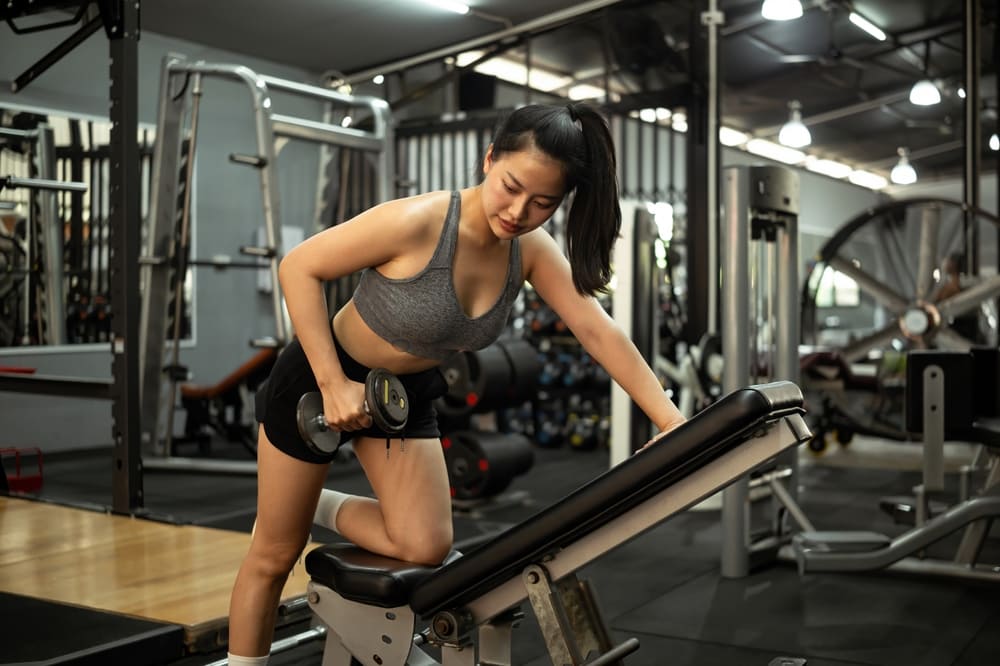

The Dumbbell Bent-Over Row is a powerhouse move for building a strong, muscular back—the kind that not only looks good but supports everything from posture to overhead lifts. It’s an essential CrossFit-friendly movement for developing pulling strength and muscle balance.
Unlike pull-ups which are vertical pulls, rows are horizontal pulls and the combination of both ensures you’re working your back muscles from every angle.
💪 How to Do Dumbbell Bent-Over Rows:
Hold a dumbbell in each hand, stand with feet hip-width apart.
Hinge at the hips (not the waist!) until your torso is at ~45 degrees.
Keep your back flat and core tight.
Pull the dumbbells toward your ribs, squeezing your shoulder blades together.
Lower slowly with control.
Perform 3–4 sets of 10–12 reps.
✅ Muscles Worked:
Rhomboids
Rear deltoids (posterior shoulders)
Latissimus dorsi
Trapezius
Core and lower back (stabilizers)
📚 According to the NSCA (National Strength and Conditioning Association), “row variations are essential to develop posterior chain strength and reduce shoulder injuries in athletes and recreational lifters alike.”
⚠️ Tips:
Keep elbows close to your body, not flared out.
Avoid rounding your lower back—engage your glutes and abs to support it.
If dumbbells are unavailable, a barbell or resistance band works too.
Hand-Release Push-Ups – Building Chest, Triceps & Core with Perfect Form
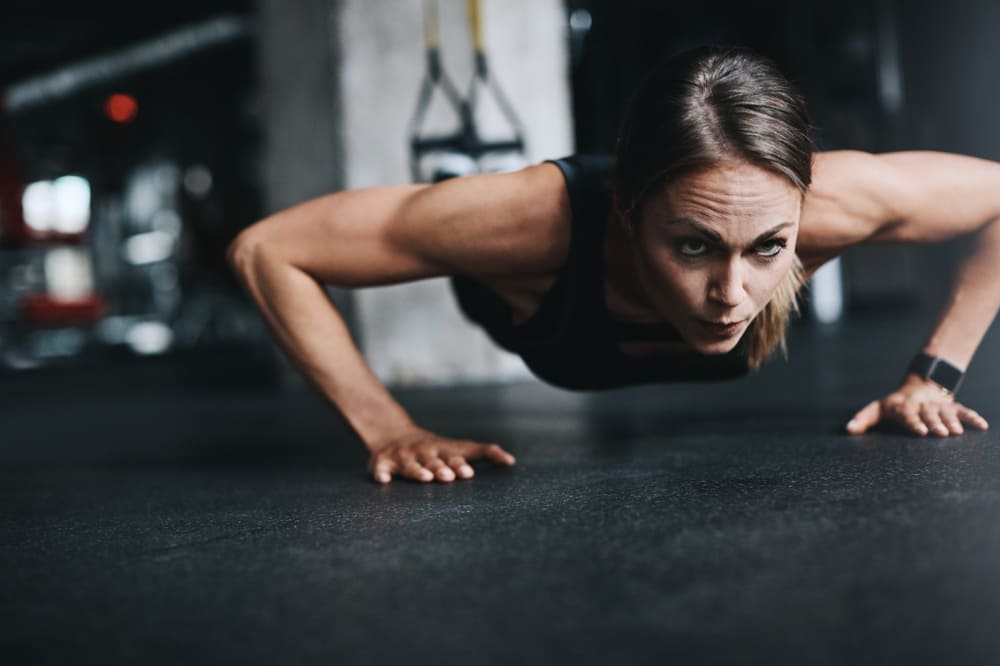

Hand-Release Push-Ups (HRPU) take the classic push-up to the next level by ensuring full range of motion, better muscle engagement, and zero cheating. It’s a staple in many CrossFit WODs like Murph, and it teaches proper form, tension, and power in every rep.
🤸♂️ How to Do Hand-Release Push-Ups:
Start in a traditional push-up position—hands just outside shoulder-width.
Lower yourself all the way down until your chest touches the floor.
Lift your hands briefly off the ground (pause here).
Plant your hands back down and push yourself back up in one smooth motion.
Repeat for 3 sets of 10–15 reps, or go for max reps in 1 minute.
✅ Muscles Worked:
Chest (pectorals)
Triceps
Anterior deltoids (front shoulders)
Core (transverse abdominis)
Serratus anterior (stabilizes shoulder blade)
💡 According to Men’s Health and CrossFit Journal, hand-release push-ups reduce shoulder strain and promote clean technique, especially in high-rep bodyweight programs.
🧠 Form & Progression Tips:
Keep your body in a straight line don’t sag your hips or raise your butt.
Engage your core and glutes on every rep.
Scale down with knee push-ups or incline push-ups if needed.
Pike Push-Ups – At-Home Shoulder Builder Without Equipment
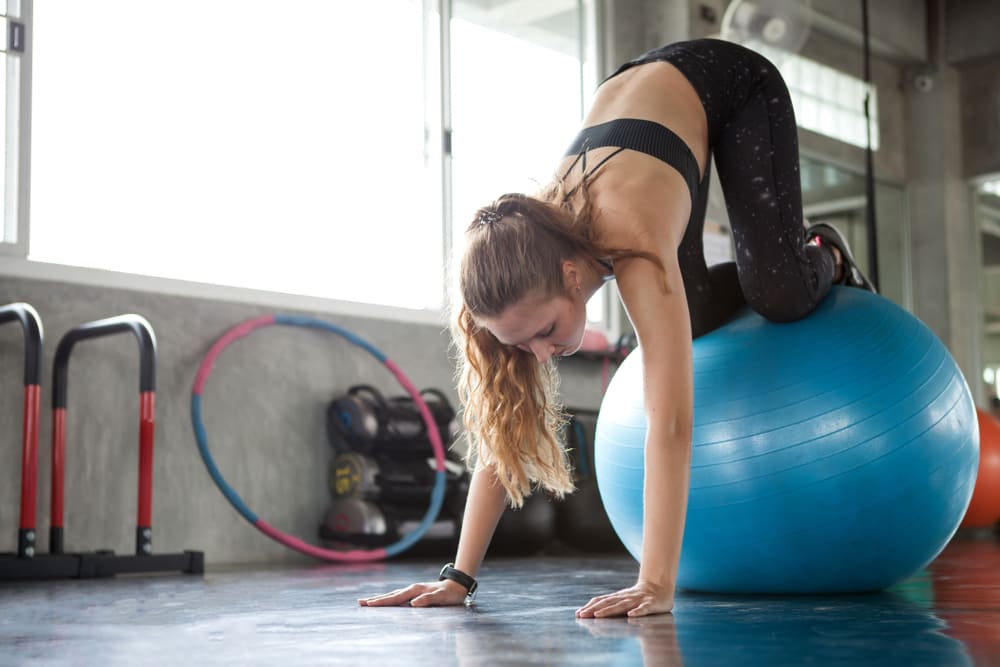

If you want to build strong shoulders and upper traps but don’t have access to a barbell or dumbbells, Pike Push-Ups are your answer. This powerful bodyweight movement mimics an overhead press and directly targets the shoulders, triceps, and upper back perfect for home-based CrossFit athletes.
It’s also the first step toward handstand push-ups, a core upper-body skill in CrossFit.
🧘♂️ How to Do Pike Push-Ups:
Start in a Downward Dog like position: hands on the ground, hips raised, forming an inverted V.
Your head should point downward between your arms.
Bend your elbows to lower the top of your head toward the floor (not your chest).
Press back up through your hands to return to start.
Perform 3 sets of 6–10 reps, increasing volume gradually.
✅ Muscles Worked:
Shoulders (deltoids)
Upper traps
Triceps
Core and stabilizers
🧠 According to the American Council on Exercise (ACE), pike push-ups are an excellent alternative to overhead pressing and are particularly effective when performed with slow tempo and control.
⚠️ Tips:
Keep elbows tucked slightly, not flaring out.
If you feel strain in your neck, reduce the range of motion or elevate your hands slightly.
Want more challenge? Elevate your feet on a box.
Renegade Rows – Core + Upper Body Combo for Functional Strength
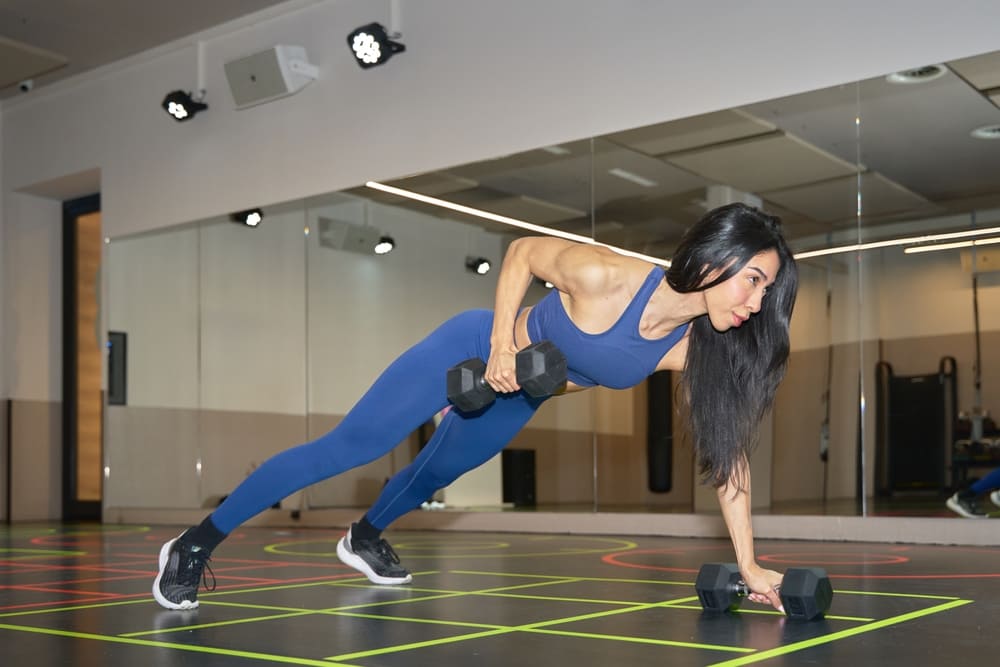

The Renegade Row is a dynamic CrossFit-style movement that combines a plank hold with unilateral dumbbell rowing. It’s not just an upper-body builder it’s a total-body challenge that lights up your lats, rhomboids, biceps, and especially your core.
This movement is perfect for developing anti-rotational strength (your body’s ability to resist twisting), which is essential in both athletics and daily life.
🏋️♂️ How to Do Renegade Rows:
Get into a high plank position, hands gripping a pair of dumbbells directly under your shoulders.
Feet should be slightly wider than hip-width to maintain balance.
Brace your core and row one dumbbell toward your rib cage.
Lower it down slowly and repeat with the other side.
Keep hips square—don’t let your body twist.
Perform 3 sets of 8–10 reps per side.
✅ Muscles Worked:
Latissimus dorsi
Rhomboids and traps
Biceps
Core (obliques, transverse abdominis)
Chest and stabilizers
📖 A study in the Journal of Functional Training found that renegade rows engage up to 30% more core activation compared to standard rows, making them ideal for full-body stability.
🧠 Form Tips:
Use hex dumbbells to avoid rolling.
Keep shoulders level—avoid rotating the torso.
Engage your glutes and abs to create a rock-solid base.
Final Thoughts Creating a Powerful Upper Body CrossFit workout Routine at Home


You don’t need a fancy gym or expensive equipment to build a strong, functional upper body. With the right CrossFit-inspired movements, you can target every major muscle group at home—and develop the kind of strength that looks good and performs even better.
These 7 exercises are your building blocks:
📋 Upper Body CrossFit Routine Summary:
| Exercise | Focus Areas | Sets x Reps |
|---|---|---|
| Push Press | Shoulders, Triceps, Upper Chest | 3 x 8–10 |
| Pull-Ups | Back, Biceps, Core | 3 sets to failure |
| Bent-Over Rows | Rear Delts, Lats, Rhomboids | 3–4 x 10–12 |
| Hand-Release Push-Ups | Chest, Triceps, Core | 3 x 10–15 or 1-min max reps |
| Pike Push-Ups | Shoulders, Traps | 3 x 6–10 |
| Renegade Rows | Back, Biceps, Core Stabilization | 3 x 8–10 per side |
🧠 Tips to Stay Consistent:
Train 2–3x per week with 24–48 hours rest between upper body sessions.
Combine with mobility work (shoulder rolls, thoracic openers) to stay injury-free.
Track your progress: reps, form, and intensity.
Don’t neglect nutrition and sleep—they’re part of the training equation.
💬 “Strength doesn’t come from what you can do—it comes from overcoming the things you once thought you couldn’t.” — Rikki Rogers
🔗 Want More?
Explore our full library of beginner-friendly CrossFit workouts and wellness tips at
👉 CoreWellFit.com


